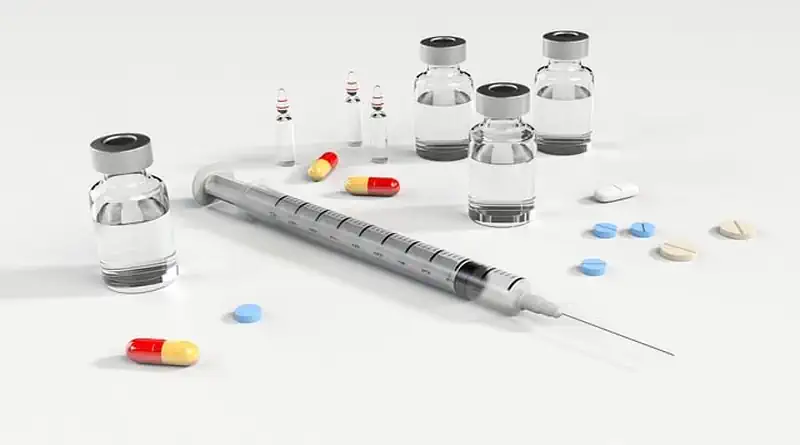Extended Anticoagulation for Venous Thromboembolism
Venous thromboembolism (VTE) encompasses pulmonary embolism and deep vein thrombosis. These conditions carry a significant risk of recurrence, particularly following unprovoked initial events or in the presence of persistent risk factors. While standard initial treatment typically lasts 3–6 months, the strategy for extended anticoagulation requires a nuanced balance between preventing recurrence and mitigating the risk of major bleeding. The evidence base strongly supports a reduced-dose direct oral anticoagulant (DOAC) approach, reflected in current guideline recommendations.
Establishing the Role of Reduced-Dose DOACs
The shift towards DOACs (such as apixaban and rivaroxaban) for VTE management has been driven by clinical trial data supporting long-term, low-dose prophylaxis.
- AMPLIFY-EXT (Apixaban):
Both the standard (5 mg BID) and reduced-dose (2.5 mg BID) apixaban arms significantly reduced recurrent VTE versus placebo. Importantly, the lower dose achieved comparable efficacy to the full dose with a similar safety profile, showing no increase in major bleeding. This foundational trial established the use of reduced-dose DOACs for extended VTE prophylaxis. - EINSTEIN CHOICE (Rivaroxaban):
Rivaroxaban (20 mg or 10 mg QD) was compared to aspirin for extended anticoagulation. Both rivaroxaban arms demonstrated greater efficacy in preventing recurrence than aspirin, with similar bleeding rates between the full and reduced-dose regimens.
Meta-analyses and real-world data continue to confirm that reduced-dose DOAC regimens maintain recurrence rates similar to full-dose strategies but result in lower bleeding complications. Current guidelines recommend reduced-dose DOAC therapy for patients at moderate-to-high recurrence risk and low bleeding risk.
The RENOVE Trial: Extended Anticoagulation in High-Risk Patients
A major limitation of earlier randomized trials was the underrepresentation of high-risk patients—those with unprovoked VTE, multiple recurrences, or persistent risk factors—who are most likely to require long-term extended anticoagulation. The durability of efficacy and safety for these patients remained an unanswered question until the RENOVE trial.
RENOVE Trial Design and Key Results:
RENOVE was a multicenter, open-label, randomized noninferiority trial enrolling 2,768 adults with high-risk VTE (unprovoked/recurrent; ≥6 months prior anticoagulation) comparing reduced-dose (apixaban 2.5 mg BID or rivaroxaban 10 mg QD) and full-dose (apixaban 5 mg BID or rivaroxaban 20 mg QD) therapy over a median of 25 months.
| Outcome | Reduced-Dose DOAC | Full-Dose DOAC | Interpretation |
|---|---|---|---|
| Recurrent VTE | 3.3% | 2.4% | Noninferiority not met; numerically close |
| Clinically relevant bleeding | 4.2% | 6.6% | Significant reduction with reduced dose |
| Major bleeding | 0.7% | 1.3% | Numerically lower with reduced dose |
Unfortunately, RENOVE did not achieve statistical noninferiority for reduced-dose DOACs, as the upper limit of the 95% confidence interval for VTE recurrence exceeded the pre-defined margin. However, reduced-dose therapy resulted in a significantly lower rate of clinically relevant bleeding, alongside a favorable net clinical profile. While noninferiority for efficacy was unconfirmed, the overall risk-benefit balance supports reduced-dose DOACs as a pragmatic option for long-term anticoagulation in selected high-risk patients.



